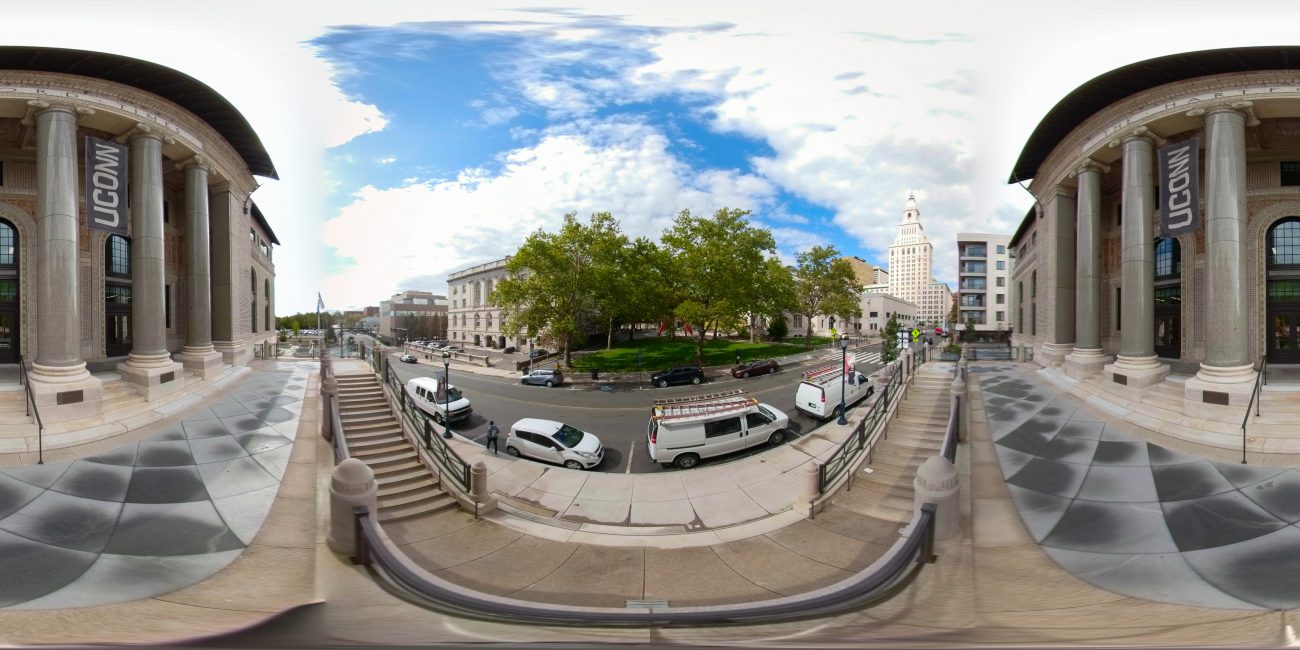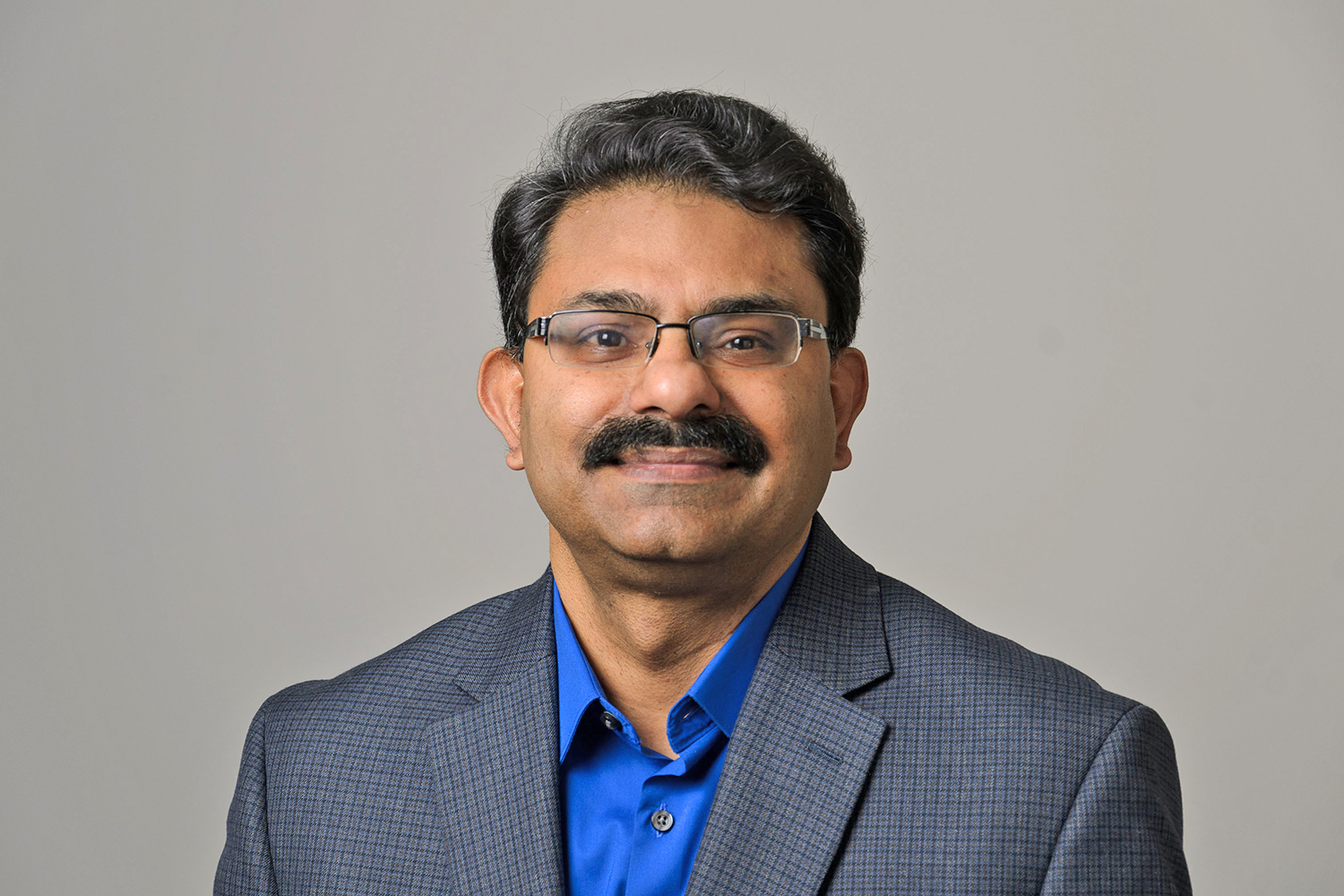Two prominent UConn units focused on applying scholarship to urgent social needs, the Sustainable Global Cities Initiative (SGCI), and the Connecticut Institute for Resilience and Climate Adaptation (CIRCA) are partnering to use their expertise and resources in addressing some of the major challenges facing cities in the 21st century.
CIRCA, based at UConn Avery Point, will now be partly housed within SGCI at UConn Hartford, as the institute takes on a growing number of projects focusing on sustainability and resilience in urban centers.
David G. Embrick, Director of the SGCI, explains that it made sense to build a community of researchers to better serve citizens, who are the experts in their own communities.
“CIRCA reached out because they need a way to connect with UConn Hartford faculty and staff,” says Embrick. “This will also help with outreach to the thought leaders, business leaders, and community activists within Hartford.”
There are two components to the collaboration between CIRCA and SGCI, Embrick explains; one is in promoting ongoing CIRCA projects in Hartford specifically, but also other cities within Connecticut. The collaboration also brings momentum as SGCI and CIRCA approach working together on future projects.
The pairing makes sense given the work done by both groups: addressing sustainability and resilience in the face of climate change is site-specific, and resilience projects need to consider the social contexts of the people living where the work is happening.
“CIRCA is looking at resilience and climate adaptation and, particularly when it comes to looking at cities in terms of resilience, we need to address social inequities in order to address sustainability for the people who live in these cities,” says Embrick. “We see this collaboration as a way to support one another, but also to get the initiatives going.”
James O’Donnell, Executive Director of CIRCA, says, “Our mission at CIRCA is to help cities in the state adapt to the effects of climate change. Initially, the big focus was on flooding, but we’re also interested in heat stress in the cities. This year, we got some additional funding to expand our Resilient Connecticut activities and the opportunity to collaborate with SGCI in Harford was ideal, because that group has connections to citizens groups in the cities that we don’t have. The opportunity that we are going to explore is to use connections and the faculty and staff associated with the SGCI to help us help the state.”
When it comes to looking at cities in terms of resilience, we need to address social inequities in order to address sustainability for the people who live in these cities. — SGCI Director David G. Embrick
O’Donnell points out that effective communication with the communities affected by resilience and adaptation projects is essential, because sometimes people are hesitant to embrace solutions that are possible or practical, while some other, more attractive, options may simply cost too much. Understanding more about a community and factors informing decision-making can help the researchers tailor solutions for the communities they’re serving.
O’Donnell also emphasizes that connection and collaboration will fuel creative approaches for addressing these complex issues.
“These problems are not just about the environment, or policy, or politics, they also involve health statistics, geography, hydrology, climatology, and economics, so the goal of CIRCA is to use the capacity of the university, broadly, to form teams with the expertise to tackle these problems in innovative ways,” he says.
The expertise is here within the University community, O’Donnell adds, but UConn spans several campuses: “With part of CIRCA being at the UConn Hartford campus, this is going to allow these new collaborations and new interactions to arise. I really hope that we can also employ students that live in the city and from the surrounding area.”
This is vital, says O’Donnell, because having a great variety of interests, knowledge, and points of view present will strengthen the program and help it be more effective.
“In some things that CIRCA does, we are anticipating what people would want,” he says. “For example, with coastal flooding issues, we assume that people don’t want to be flooded, but when presented with the options to stop flooding or to move, some would like to move, but others don’t. There are a few places in Connecticut where programs have been developed to buy homes that have been flooded repeatedly with federal funds. Whereas some people take the offer, many don’t want to do it. In other areas, houses and roads are being raised, but some residents object to those options, too. So, it seems to me that understanding these choices requires you to understand people’s attitudes and values and you only do that by asking questions and hearing the answers from the community. Doing that in Hartford is what we intend to do in this collaboration with SGCI.”
Embrick says this is a celebratory moment not just for the scholars, but for the communities they serve.
“We want to let the community and Hartford know about the partnership, because they are eager to start helping to improve the everyday lives of citizens,” he says. “We want to serve as a listening post, and we want the community to feel free to come to us if they’ve got questions. Community activists, scholars, faculty, just reach out to SGCI or CIRCA if they have questions.”



